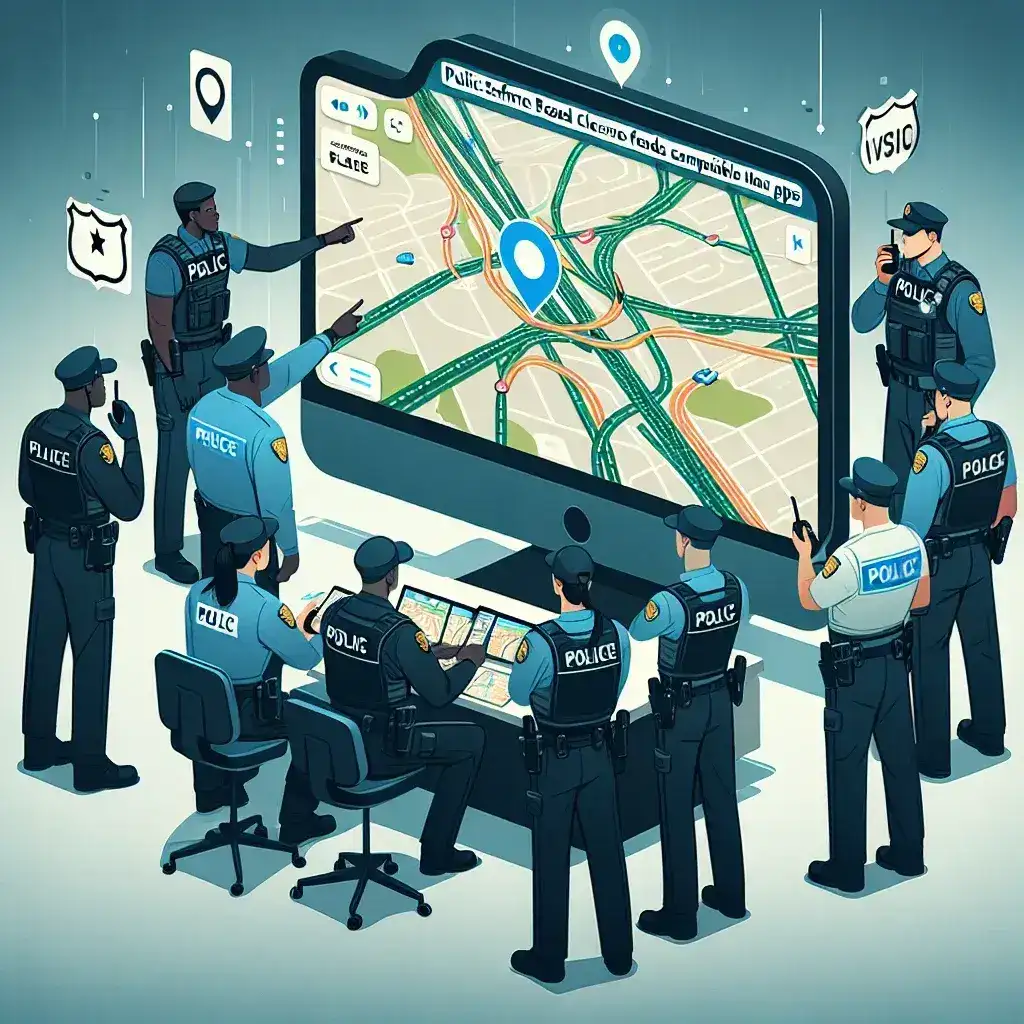Introduction
In an era where technology is interwoven into the very fabric of our daily lives, public safety agencies are stepping up their game to enhance road safety and navigation efficiency. A recent initiative sees these agencies adding real-time road closure feeds that are compatible with navigation applications. This bold move aims to keep drivers informed and safe, especially in emergencies or during inclement weather.
The Need for Real-Time Information
Road closures can happen for a variety of reasons: construction, accidents, or natural disasters. Traditionally, drivers would rely on outdated information from traffic reports or signs, leading to confusion and frustration. According to a study by the National Highway Traffic Safety Administration, the lack of timely information about road conditions contributes to an estimated 25% of traffic incidents. By integrating real-time road closure feeds into navigation apps, public safety agencies are addressing this critical issue.
Benefits of Real-Time Road Closure Feeds
- Enhanced Safety: Up-to-date information allows drivers to avoid hazardous conditions, significantly reducing the risk of accidents.
- Improved Traffic Flow: Real-time updates help to prevent bottlenecks caused by unexpected closures, optimizing the overall flow of traffic.
- Time Efficiency: Drivers can save time by receiving immediate rerouting options, leading to less time spent stuck in traffic.
- Informed Decision-Making: Knowing road conditions allows drivers to make better choices about their routes, enhancing their overall travel experience.
Historical Context
The concept of road closure notifications is not entirely new. Over the years, various technologies have been employed to communicate road conditions, from highway signs to radio broadcasts. However, the integration of these updates into navigation apps marks a significant advancement. As smartphones became ubiquitous, navigation applications like Google Maps and Waze revolutionized the way drivers receive information.
Past Innovations in Traffic Management
In the early 2000s, radio traffic reports served as a primary source of information for drivers. While effective, these reports often lagged behind real-time conditions. With the advent of GPS technology, drivers began to expect more immediate updates. In 2012, the introduction of crowd-sourced data by applications like Waze changed the landscape, allowing users to report road conditions as they occurred.
How Real-Time Feeds Work
The integration of real-time road closure feeds into navigation applications involves several key steps:
1. Data Collection
Public safety agencies gather data from various sources, including traffic cameras, sensors, and reports from officers on the ground.
2. Data Processing
This data is then processed to determine the status of roads, identifying closures, congestion, and hazards.
3. Feed Integration
Once processed, the information is fed into navigation apps, allowing users to receive real-time notifications and updates.
4. User Notification
Drivers receive alerts on their navigation apps regarding road closures, with suggested alternate routes.
Future Predictions
As technology continues to evolve, the future of real-time road closure feeds looks promising. Experts predict that:
- Greater Integration: More public safety agencies will adopt this technology, leading to a unified system across various regions.
- Enhanced AI Capabilities: With advancements in artificial intelligence, the accuracy and speed of updates will improve significantly.
- Expanded Usage: The feeds may also be integrated into other services, such as ridesharing platforms, further broadening their impact.
Challenges and Considerations
While the benefits are clear, there are challenges to consider:
1. Data Reliability
The accuracy of the information provided is paramount. Inaccurate data can lead to confusion, making it essential for public safety agencies to ensure reliable updates.
2. Technology Adoption
Not all drivers use navigation apps, which raises concerns about the inclusivity of such technological advancements.
3. Privacy Concerns
The collection of data, especially from personal devices, raises questions about privacy and data security.
Conclusion
Public safety agencies are making significant strides in improving road safety through the integration of real-time road closure feeds with navigation applications. This initiative not only enhances the overall driving experience but also plays a crucial role in preventing accidents and ensuring safer roads. As technology continues to advance, we can expect even more robust systems that prioritize communication and safety, making our roads a safer place for everyone.
Call to Action
Stay informed about the latest developments in road safety and navigation technology. Consider downloading a navigation app that utilizes real-time road closure feeds to enhance your driving experience.
